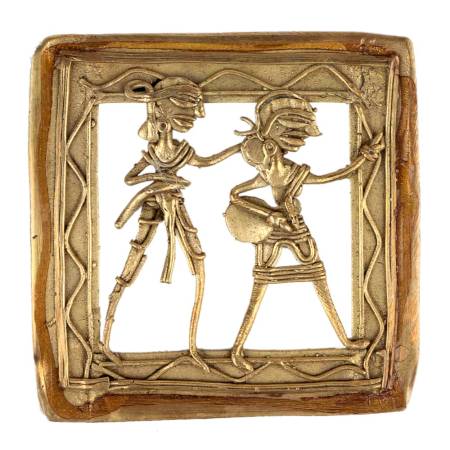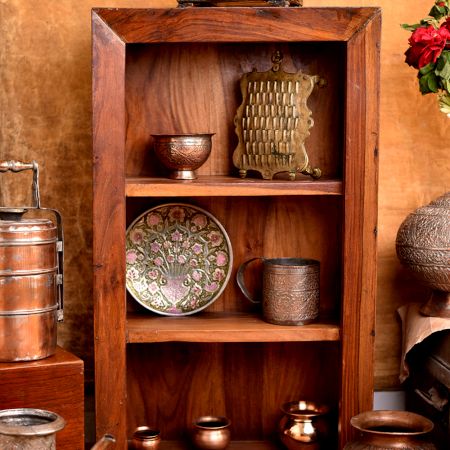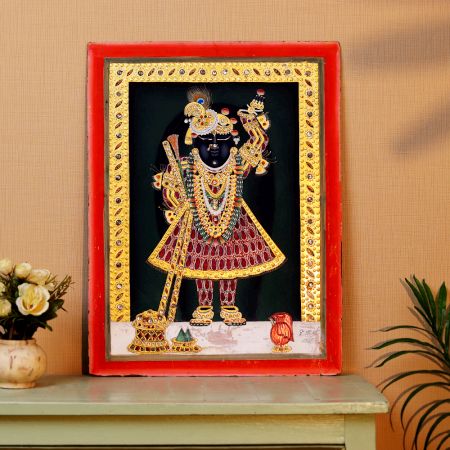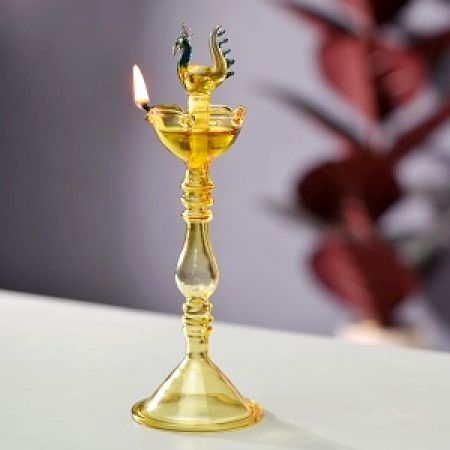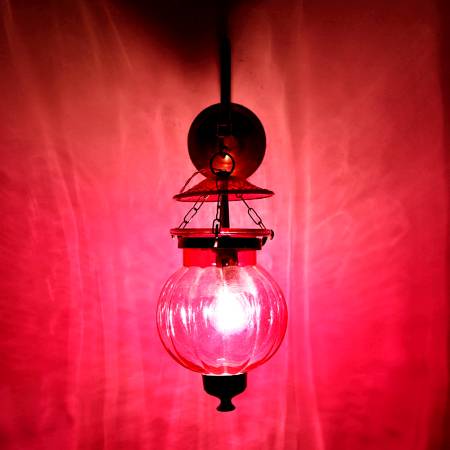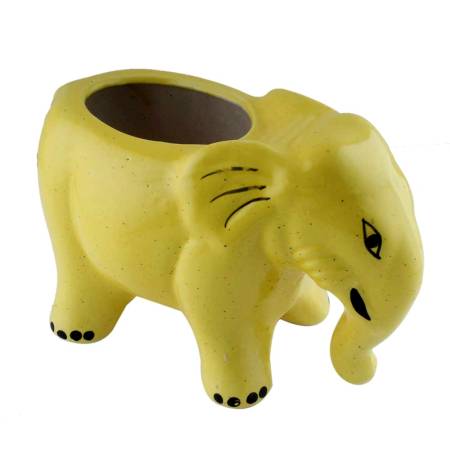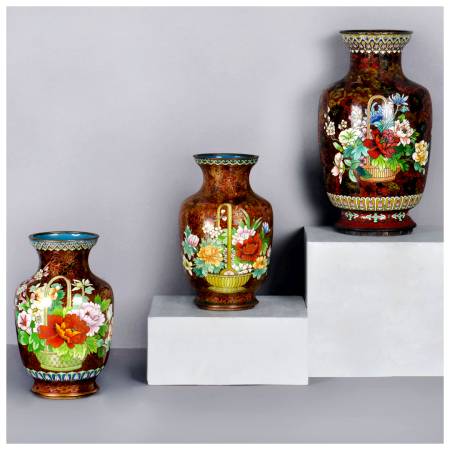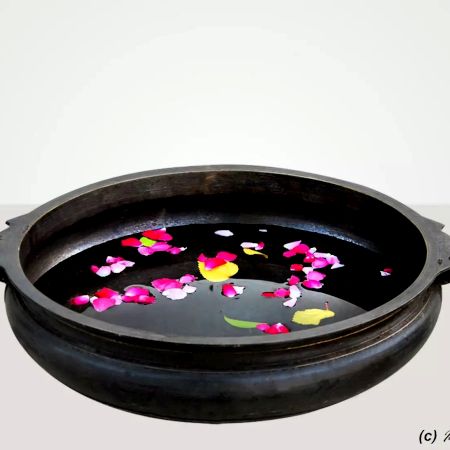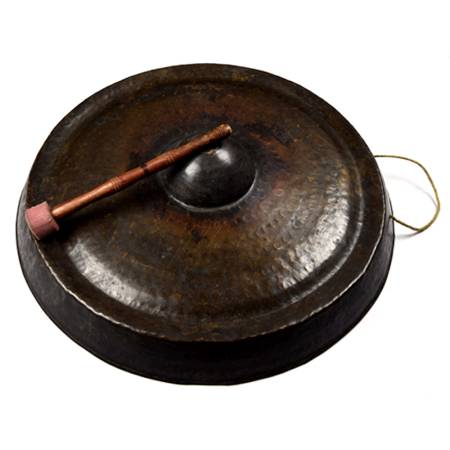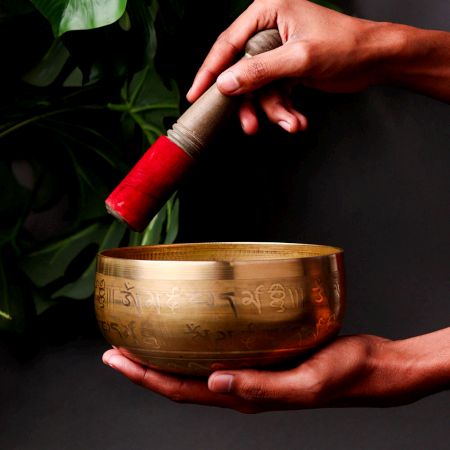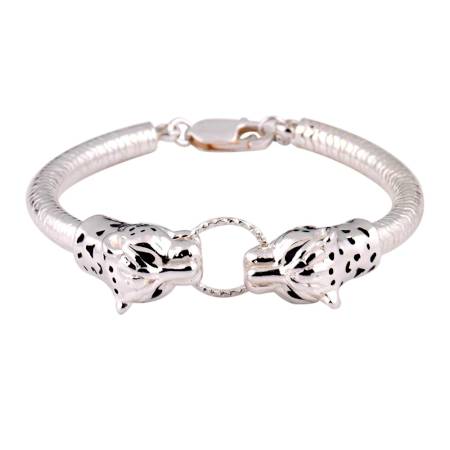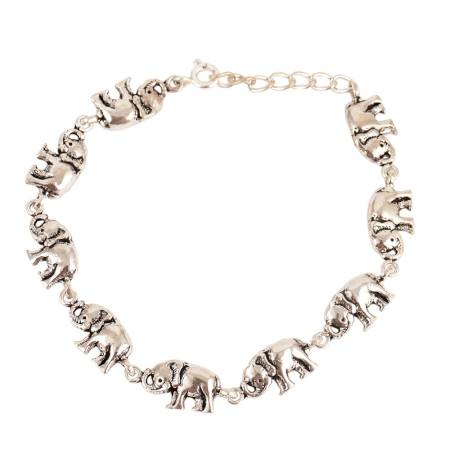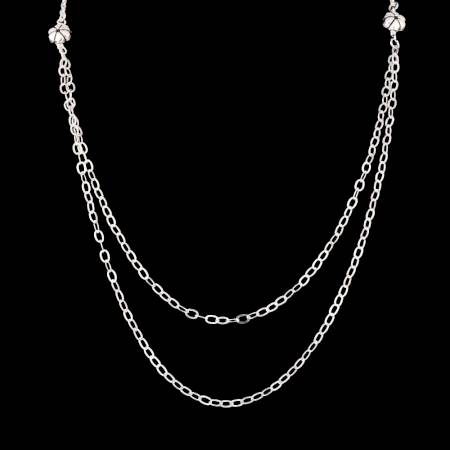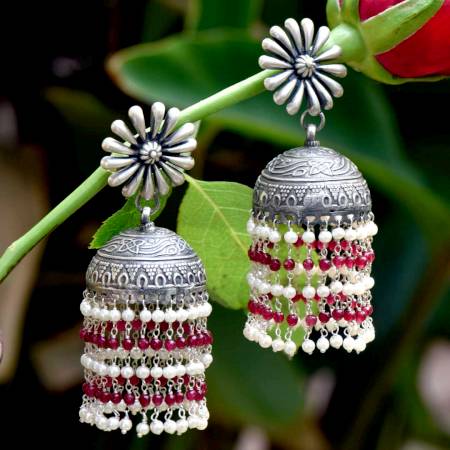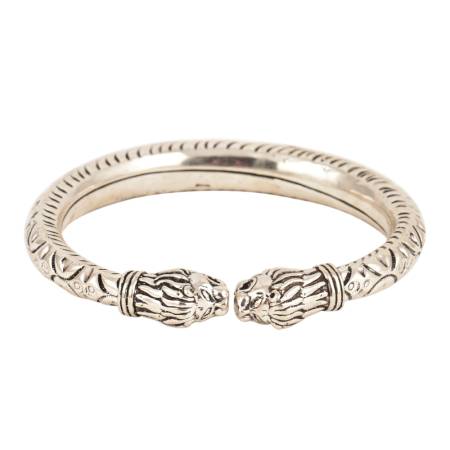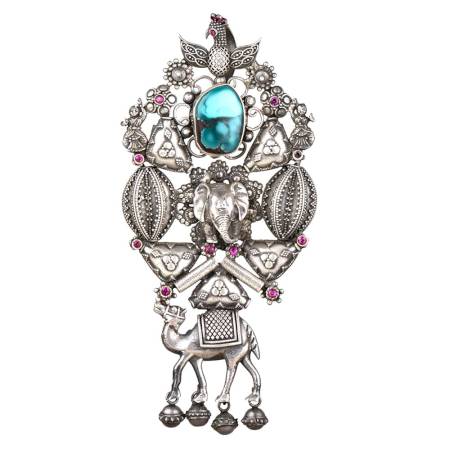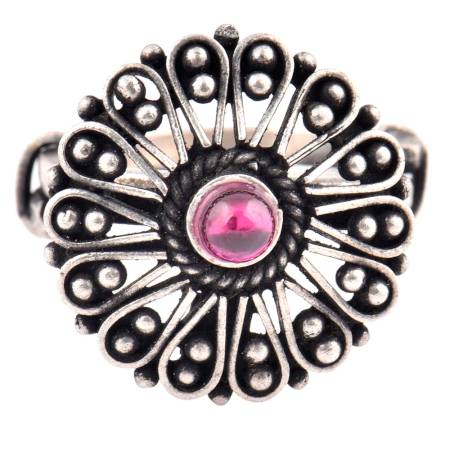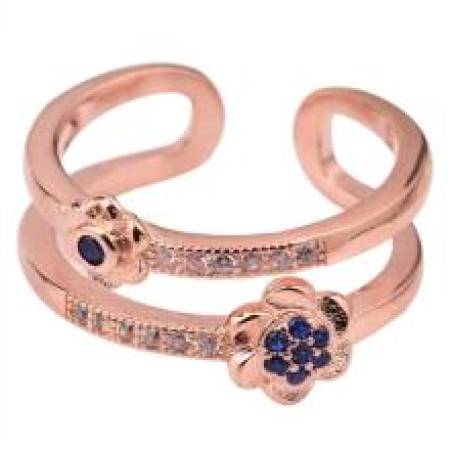Glass Painting: A Timeless Art Form with Cultural Roots
Glass painting is more than a craft; it is a radiant record of civilizations etched in transparency and color. Originating as a sacred expression in medieval churches and royal courts, this art form captures both devotion and grandeur. With each stroke, it reflects shifting cultural moods, an emblem of divinity in Gothic cathedrals, a tale of mythology in Indian palaces, and an ornament of status in European homes. Its longevity lies in its adaptability, absorbing local influences, material transitions, and thematic explorations. Glass painting is not merely decorative but a testimony to the ever-evolving identity of human creativity.
What Is Glass Painting And Where Did It Originate?
Glass painting refers to the art of painting images, patterns, or scenes directly onto glass surfaces using specially formulated pigments. It originated during the Roman Empire but truly flourished in medieval Europe, particularly within Gothic cathedrals, where stained-glass windows became instruments of storytelling and spiritual illumination. These windows served as visual sermons for the largely illiterate population, bathed in divine light. In India, although the medium came later via European trade routes, it was swiftly adopted and reinterpreted within Mughal courts and Rajasthani traditions, where it transformed into a decorative form adorning palace interiors, mirrored halls, and household shrines.
How Did Glass Painting Evolve In India And Europe?
In Europe, glass painting was initially sacred, integral to church architecture during the 12th to 15th centuries. Artists used vibrant, mineral-based pigments fired into the glass to depict biblical stories, saints, and moral parables. As Gothic architecture rose, so did the complexity of these windows, merging architectural form with painted narrative. In India, the art arrived with colonial contact and adapted to local aesthetics. By the 18th and 19th centuries, it had merged with indigenous styles, featuring Hindu deities, courtly scenes, and intricate borders. Indian artisans used gold foil, crushed gems, and enamel-like colors to add an opulent, jewel-like character, setting it apart in tone and texture from its Western counterparts.
Evolution of Glass Painting Styles Across Time
Glass painting has undergone a profound transformation, reflecting both regional influences and artistic evolutions. Traditional styles with their sacred motifs and mythological echoes leaned on opaque colors and intricate linework, particularly in Indian, Byzantine, and Gothic traditions. Over time, glass painting adapted as European stained glass introduced storytelling through color-coded iconography while Indian reverse glass painting showcased rich gold foils and vibrant hues on transparent surfaces. Today’s modern styles pivot towards abstraction, minimalism, and contemporary design sensibilities. Artists now explore frosted textures, layered opacity, mixed media integration, and fluid brushstrokes, blending technology with tradition, making glass not just a canvas but a living surface of expression.
How Do Traditional And Modern Glass Painting Styles Differ?
Traditional glass painting styles are characterized by precise outlines, mythological figures, religious iconography, and flat decorative fills. In Indian traditions like Tanjore and Mysore styles, reverse glass painting was prominent using bold primary colors, layered gilding, and back-layering techniques. Themes were largely spiritual or narrative based. In contrast, modern glass painting embraces abstraction, realism, and contemporary design. Artists use frosted effects, enamel paints, and digital transfers. They play with translucency, light behavior, and surface manipulation. The evolution also reflects a shift in tools from natural dyes and fine brushes to synthetic paints, airbrushes, and laser cutting. Traditional art was rooted in symbolism and ritual while modern styles lean toward personal expression, spatial aesthetics, and experimental composition.
What Themes Are Common In Indian Glass Painting?
Indian glass painting is deeply tied to cultural storytelling. Mythological narratives from epics like the Ramayana, Mahabharata, and Puranas often form the thematic core. Deities like Krishna, Lakshmi, Shiva Parvati, and Radha are recurring motifs. Royal courts, hunting scenes, and miniature inspired depictions of love and longing also dominate. The style celebrates symmetry, vibrant palettes, and symbolic ornamentation often using reds, yellows, greens, and blues to mark emotional and spiritual resonance. Gold foiling and fine borders add richness. Folk traditions sometimes incorporate regional lore, daily rituals, and festive customs. Ultimately, Indian glass painting acts as a mirror to spiritual beliefs, community heritage, and aesthetic devotion.
Practical Uses of Glass Painting in Contemporary Design
Glass painting, long revered as a decorative tradition, is now being reinterpreted in modern design spaces. From retro chic apartments to minimalist cafés, it serves not only as a visual anchor but as a dynamic interplay of light, color, and transparency. The strokes, when kissed by sunlight or lamplight, create a kaleidoscopic mood, alive and mutable. Designers are integrating painted glass into partition panels, modular screens, and as statement window art that doesn’t just separate space but breathes narrative into it. This tactile art form transforms flat planes into atmospheric storytellers, effortlessly blending heritage with trend forward aesthetics.
How Is Glass Painting Used In Windows, Lanterns, And Decor Panels?
In windows, glass painting operates as both an artistic focal point and a source of ambient light diffusion. Often featuring translucent pigments or lead bound outlines, it lets in filtered light while enhancing privacy. In lanterns, painted glass turns into a canvas of warmth, projecting colorful silhouettes when lit, turning an ordinary nook into a moody retreat. Décor panels, especially in open plan homes, use glass painting as both divider and décor, floating visual poetry in midair. Motifs range from Mughal inspired florals to abstract geometric overlays, adding not just ornamentation but intention, rhythm, and narrative to often overlooked architectural segments.
How Can Glass Painting Be Used In Home Decor?
Glass painting in home decor works best when it's used strategically where light meets color. Think custom painted kitchen cabinets with frosted floral overlays, bathroom partitions that mimic stained glass temple art, or balcony doors adorned with monsoon scenes in watercolor tones. Even framed painted glass hung like modern tapestries on blank walls can add visual texture without overwhelming the space. Pendant lights and lampshades with painted inner surfaces turn illumination into a spectacle. This tactile, light responsive art medium is ideal for personalizing interiors, offering layers of history, craft, and contemporary relevance that wallpapers or solid paints can't replicate.
What Themes Or Motifs Work Best For Interior Design?
Motifs that harmonize with a space’s architectural language yield the most impact. For bohemian or maximalist homes, rich Indian folk motifs like Madhubani fish or Kalamkari florals infuse cultural resonance. In modern or Scandinavian interiors, minimalist geometric forms, line art, or monochrome botanical themes in frosted finishes maintain cohesion while adding artistic flair. Art Deco fans can explore gold infused symmetrical patterns, while nature inspired themes like lotus ponds, tree canopies, celestial skies resonate in serene spaces like meditation rooms or bedrooms. Ultimately, motifs should echo the room’s intent, offering rhythm, memory, and light play without compromising function or flow.
Key Characteristics That Define Glass Painting as an Art Form
Glass painting is not just an art form it’s a dialogue between transparency and intention. What defines it is its striking interplay of light and color the way pigment adheres not to canvas but to a slick translucent surface that reflects and refracts. Each stroke carries weight clarity and glow. The brush doesn’t just fill spaces it dances with light. Motifs often lean into mythology florals or geometry rendered with bold contours and luminous fills. Unlike opaque mediums glass painting demands precision mistakes linger visibly. The form thrives on duality fragility and permanence clarity and opacity function and beauty.
What Are The Defining Features Of Glass Painting?
The defining features of glass painting lie in its interplay between material and imagination. Glass as a base offers a surface that demands a reversed technique details first backgrounds last. Artists use enamel water-based or oil paints often mixed with gum arabic for better adherence. Contours are emphasized using outliners or black lead for structure reminiscent of stained glass cathedral work. The use of bold color blocking often with rich jewel tones becomes iconic. Symmetry intricate patterns and mythological figures are common especially in Indian and Persian traditions. Precision luminosity and surface interaction define its essence. The artwork appears suspended in light creating an almost backlit aesthetic. Every glass painting whether modern or traditional holds a stillness that feels alive with reflection. Unlike canvas where texture comes from brushstrokes here it’s the clarity the clean edges the way pigment breathes between layers of light that defines its soul.
How Does Light Transparency And Material Influence The Final Artwork?
Light is not just an element in glass painting it is the collaborator. The transparency of glass turns every artwork into a living experience evolving with the hour of the day. Morning light makes it gentle twilight makes it theatrical. Unlike opaque mediums where pigment rests in full ownership here light trespasses coexists reflects and transforms. The transparency ensures a dual viewing experience front and back each with its own charm. Artists often use this to their advantage creating outlines or shading that change with backlighting. Material matters. The smooth non absorbent surface of glass means colors float atop like dreams suspended in resin. Metallic paints shimmer differently and darker hues create shadows that mimic depth. The glass becomes not just a surface but a lens of time culture and perception. Every movement of light over the glass changes the painting’s tone infusing it with breath and motion making it not just seen but felt.
Materials and Tools Required for Glass Painting Projects
Glass painting thrives at the intersection of delicacy and precision. The process begins with choosing the right canvas be it a clear pane a vintage bottle or a textured plate. Essential materials include solvent based or water based glass paints outliners for definition and thinner for layering. A palette knife a set of fine tipped brushes masking tape and a lint free cloth are your silent assistants. Stencils breathe order sponges infuse spontaneity. Detailing tools like toothpicks or styluses coax out those ethereal curves. Each tool becomes an extension of your mood dictating rhythm and resolve. This isn’t just a craft it’s choreography in color.
What Materials Are Essential For Glass Painting?
At the heart of any glass painting lies a precise curation of foundational materials. First choose between water based paints easy to use vibrant and solvent based ones durable richly pigmented. A glass surface be it a sheet a recycled jar or a mirror is your canvas. You'll need an outliner usually black gold or silver to contour and define the artwork. Paint thinner or turpentine can aid in blending or erasing while a palette offers mixing space. Don't overlook a lint free cloth or tissue for surface prep and corrections. Masking tape serves to block sections ensuring clean borders. Sponges and droppers allow texture play while stencils enable repeatable motifs. A palette knife isn’t just for paint it shapes expression. Every item in this toolkit is a conduit of control spontaneity or correction. Together these materials don’t just support the process they script the soul of your artwork.
What Types Of Glass And Paint Are Used?
Glass selection deeply influences the final outcome. Smooth clear glass provides an ideal surface for bold motifs while frosted or colored glass adds an ambient tint to your palette. Recycled glass bottles and old windowpanes often offer rustic charm and narrative grit. Mirrors bring reflective drama often used in contemporary or sacred designs. As for paint water based acrylics are beginner friendly quick drying vibrant and non toxic. Solvent based paints cater to professionals they offer opacity longevity and gloss but demand ventilation and skill. Enamel paints are also popular for their permanence and resilience especially in functional pieces. Each paint reacts uniquely under light some refract others absorb. The marriage of paint and glass is symphonic one brings pigment the other lends luminosity. Choosing your materials isn’t about convenience it’s about envisioning how light color and surface will dance together long after your brush retires.
What Tools Enhance Detail And Finish?
Detailing in glass painting isn’t a function it’s a philosophy. Precision brushes sizes 0 to 3 are essential for line work and petal like curves. Toothpicks or styluses allow pin prick detailing dot work or soft scraping. A magnifying glass helps maintain accuracy especially on miniature designs or intricate mandalas. Palette knives lend bold strokes while sponges create a diffused impressionistic texture. Masking tape ensures crisp edges and structured geometries. For mixed media layering cotton buds dipped in thinner allow gentle blending or erasing. Droppers assist in controlled pigment distribution across larger motifs. And don’t underestimate the finish use a soft microfiber cloth post drying to gently buff or clean the surface. Optional but game changing a lightbox for tracing or a stencil cutter to create reusable motifs. In the world of glass painting every tool isn't just functional it’s emotive. Each one speaks in texture be it whisper or roar and every detail holds the potential to turn surface into soul.
Techniques That Shape Traditional and Modern Glass Painting
From the delicate linework of Mughal miniature inspired floral motifs to the bold abstraction of contemporary art, glass painting embodies a visual symphony between transparency and color. Traditional techniques often rely on natural pigments enamel powders and baked finishes meticulously applied with squirrel hair brushes or wooden styluses. Modern styles meanwhile flirt with digital stencils acrylic based paints and airbrushed gradients. Layering and transparency manipulation define the modern edge. Etching with acid or sandblasting also adds texture. Each technique whether age old or freshly conceived interacts with light uniquely turning each pane into an emotional interplay of history and innovation.
What Techniques Are Used In Traditional And Modern Glass Painting?
Traditional glass painting utilizes rich enamel colors that are kiln fired to permanently fuse the pigment into the surface. Artists may trace intricate outlines using gum arabic and black oxide filling in with translucent hues. This method is deeply meditative demanding a steady hand and deep respect for ancestral design patterns. In contrast modern techniques push boundaries using solvent based markers UV activated paints and even digital printing. The rise of mixed media allows artists to merge fabric textures foil or gold leaf onto the glass. Cold painting methods where paint sits atop the surface without fusing offer flexibility for experimentation. Whether rooted in temple art or abstract futurism the technique becomes the silent language through which the artist reveals emotion culture and time.
How Does Reverse Glass Painting Work?
Reverse glass painting is a technique where the image is painted on the reverse side of a clear glass surface intended to be viewed from the opposite unpainted side. This method requires the painter to work in reverse order highlights and details are painted first background and base colors last. Think of it as visual storytelling in reverse chronology. The final result viewed through the front offers an immaculate glossy finish that’s shielded from dust and wear. The precision required is immense there’s no room for error or corrections. Each stroke becomes final. Artists often trace outlines backward using a mirror or lightbox building compositions layer by layer. This artform is not just about technique but trust in process in instinct in discipline.
What Steps Are Involved In The Reverse Painting Process?
The process begins with cleaning the glass surface thoroughly ensuring no residue interrupts paint adhesion. The artist then secures a paper sketch behind the glass as a guide. Using fine brushes or nibs minute details like eyes borders or textural highlights are painted first. Unlike canvas painting what you paint first appears foremost. Next comes color blocking often requiring multiple coats for opacity. Once dry larger background areas are filled. Drying time is crucial to avoid smudging. In some variations metallic leaf or layered pigments are applied for dimensionality. Finally the glass is sealed from the painted side to protect the artwork. Framing is done with care to prevent scratching or moisture intrusion. It’s a dance of reverse logic and foresight one where mistakes can’t be masked but beauty emerges through discipline and method.
Online Platforms and Marketplaces to Buy Authentic Glass Paintings
Glass painting with its shimmering layers and heritage resonance finds a rightful place in curated digital storefronts today. Platforms like Etsy IndianShelf Jaypore Amazon India (Handloom & Handicraft section) and Artisera offer handcrafted treasures from folk artists to contemporary revivalists. These aren’t just transactional hubs they’re living galleries where regional styles like Tanjore glasswork Mysore traditions and Persian-inspired enamel layers unfold in fine translucent storytelling. The user interface product detailing artist background and verified reviews become essential elements in determining the integrity of a piece. A discerning buyer navigates not just price points but the provenance ensuring each panel brushstroke and pigment respects tradition while finding its home in a modern context.
Where Can I Buy Hand-Painted Glass Art Online?
Hand-painted glass art lives not just in museum corridors or old haveli walls it pulses vibrantly through thoughtfully curated digital spaces. If you're in pursuit of this luminous tradition start with platforms that foreground artisan narratives and craftsmanship. Etsy is a global favourite for indie artisans Artisera and Jaypore focus on handpicked heritage art IndianShelf is known for decor-driven pieces with rooted motifs and Amazon India has a dedicated crafts section where local creators showcase vernacular brilliance. Explore social commerce too many artists directly sell through Instagram or niche WhatsApp catalogs. Look for cues like the artist’s name origin of the style (e.g. Mughal Deccan Pichwai fusion) material type (tempered glass stained) and painting medium (acrylic enamel oil-infused pigments). A video of the painting under natural light can also reveal brush integrity and transparency a hidden but telling hallmark of authenticity.
What Should I Look For In Terms Of Authenticity And Price?
Authenticity in glass painting is both seen and felt. Start with layering techniques true hand-painted pieces show gentle inconsistencies the soft bleed of enamel and brush granularity under angled light. Avoid printed replicas passed off as hand-painted zoom into listings to catch uniform patterns or pixel-like finishes. Origin documentation artist signatures and GI tag affiliation (in styles like Mysore or Pattachitra) also lend credibility. As for pricing understand this glass painting is labour-intensive. Expect a range of ₹1,500 to ₹15,000 for mid-sized panels. Too low? Likely mass-produced. Too high without lineage proof? Reconsider. Pricing should reflect glass type frame quality technique (reverse painting vs. surface layering) and regional rarity. Don’t hesitate to contact the seller how they speak of the piece often reveals its soul. True art after all speaks before it’s sold.
Learning and Mastering the Art of Glass Painting
Glass painting is more than just the delicate dance of colors on a translucent canvas; it’s a meditative interplay between light, design, and story. To master this art is to understand its rhythm, how stained glass once whispered through cathedrals and how modern hands now reinvent it for home décor, expression, and soul. The process begins with knowing the materials, acrylics, solvent-based paints, outliners, and learning how each pigment behaves under light. With patience, layering, and control of brush techniques, you begin to witness stillness turn radiant. The joy lies not just in precision, but in embracing imperfection as texture. Every brushstroke you lay on glass must not only reflect you but refract something universal, emotion, memory, or the unsaid. As you learn, you evolve not just as an artist but as a quiet observer of color and reflection. That’s where mastery lives: in the stillness of the glass, and the movement of your intention.
Where Can I Learn Glass Painting Techniques?
To start learning glass painting, begin by exploring your intent, are you doing it as a hobby, for therapeutic engagement, or to pursue a career in decorative arts? Once that’s clear, foundational understanding comes from books and beginner-friendly kits that explain brushstroke styles, opacity levels, and surface treatments. Public libraries and art schools occasionally offer introductory workshops, these can be excellent to grasp basics like contouring, shading, and stain layering. Delhi’s Crafts Museum or Mumbai’s Kala Ghoda spaces have also hosted community-led sessions in the past. For those with tactile learning preferences, visit local art supply stores like Hindustan Trading Co. (Chennai) or Venus Traders (Pune), they often know local teachers. Hands-on learning with immediate feedback remains unmatched. While online learning can supplement knowledge, in-person or at least guided feedback-driven environments are invaluable, especially in understanding texture absorption, brush angle behavior, and color permanence across surfaces like glass, acrylic sheet, or mirror.
Are There Any Trusted Workshops, Online Courses, Or YouTube Tutorials?
Yes, several platforms curate courses specifically tailored for beginners and intermediate learners of glass painting. On Skillshare, courses by artists like Vidhi Khandelwal explore not just painting techniques but the emotion behind every stroke. Udemy features structured lessons focusing on stained glass aesthetics and traditional Indian glass painting styles. YouTube remains a goldmine, look for channels like Craftastic or CreativeCat, where videos detail not just brush techniques but drying times, curing hacks, and preservation. If you're seeking traditional methods, Kalagram Workshops and Dastkar’s live demo sessions have hosted experts working in folk and tribal glass art. WhatsApp and Instagram artist communities such as @artsyglassbymeera occasionally offer private Zoom classes with mentorship. When choosing an online workshop, ensure it covers brush pressure variation, how to layer metallics, line tracing with peel-off liners, and fading gradients with thinning mediums. And don’t forget: a good course also teaches you to clean and care for your glass post-creation.
Cleaning, Maintenance Tips to Preserve Your Glass Artwork
Glass paintings are delicate compositions of color, texture, and translucence. Over time, dust, humidity, and sunlight can compromise their beauty. Maintenance begins with awareness knowing that glass is both fragile and reactive. Use a microfiber cloth for gentle cleaning; avoid harsh chemicals that may disturb painted surfaces. If the artwork is reverse painted, never apply pressure from the front. Frame it with UV-protected glass if not already done, and place it away from direct light or damp zones. Preservation is a ritual respectful, intentional, and consistent. In that, the painting continues to live and breathe through the years.
How Do I Clean And Maintain A Glass Painting At Home?
Cleaning a glass painting at home demands careful attention to detail. Always start with a soft, lint-free microfiber cloth or an anti-static brush to remove dust from the surface. Avoid using standard glass cleaners, as they may contain ammonia or solvents that can dissolve or fade painted areas especially in reverse glass paintings. Instead, opt for a diluted mixture of distilled water and mild soap applied to the cloth, not directly onto the glass. Gently wipe the edges and visible areas. Always support the frame securely while cleaning. For maintenance, position your glass painting away from direct sunlight, moisture-prone areas like kitchens or bathrooms, and excessive heat sources. Check periodically for condensation or warping. If framed, ensure the seal remains intact to prevent dust accumulation inside. With these practices, you don’t just clean you sustain the narrative and radiance of your artwork with the same sensitivity it was created.
What Damages Should I Avoid To Preserve Longevity?
Several subtle yet critical factors can diminish the life of a glass painting if not cautiously addressed. First, never expose the artwork to direct or prolonged sunlight; ultraviolet rays can bleach pigments and degrade the structural integrity of both paint and glass. Likewise, avoid high humidity zones, which can lead to mold growth or pigment flaking especially if the painting is reverse painted or unsealed. Prevent contact with abrasive materials, including paper towels or rough sponges, which may scratch or leave micro scars on the surface. Always use archival quality framing materials to avoid chemical leaching over time. Lastly, resist the urge to hang glass paintings on unstable nails or humid walls, especially without spacers or wall bumpers. A sudden knock, vibration, or change in climate can cause irreversible stress cracks. By being mindful of environmental and physical stressors, you are not merely preserving a decoration but safeguarding an expression of timeless craftsmanship.
Frequently Asked Questions About Glass Painting
What Is The Average Price Of A Handmade Glass Painting In India?
The average price of a handmade glass painting in India typically ranges between ₹800 to ₹5,000 depending on variables like intricacy, artist expertise, frame quality, pigment density, and the size of the glass canvas. Smaller folk-style pieces with basic floral or mythological motifs might fall in the ₹800 to ₹1,500 bracket while detailed works with stained glass effects or contemporary fused glass art can reach upwards of ₹3,000. Regional styles like Tanjore inspired glass paintings with embedded foils or gold tints also increase value. Consider the craftsmanship , brushstroke clarity, pigment layering, kiln fired finishes, and framing , as part of the pricing matrix. The deeper the layering the more light refracts through pigment enhancing luminosity and perceived value. Artisan signed works also fetch more. Prices may fluctuate on platforms that prioritize art curation or local gallery tie ups. Remember the cost is not just monetary it’s a reflection of time culture and the hand that created it.
Can I Customize A Glass Painting Before Purchasing It?
Yes customization is not only possible it’s often encouraged by many independent artisans and bespoke décor brands in India. Whether it’s altering the color palette to match your interior tones integrating personal motifs family initials or requesting traditional scenes in a modern composition glass artists welcome collaborative creativity. Customization may include choices in glass type (frosted clear tinted) dimensions border detailing frame textures (antique wood minimalist steel etc.) and even layering styles opaque vs. translucent enamel finishes. Artists may also offer hand lining using gold foil or metallic pigments for regal finishes. For religious or spiritual themes buyers often ask for symbols deities or blessings to be integrated subtly into the design. This process may take 1 to 3 weeks depending on complexity. Ensure to share your vision with reference imagery color swatches and spatial details. A true artisan understands that art is not static it breathes through your space and story.
What Should I Check Before Buying A Glass Painting For Home Decor?
Before purchasing a glass painting for home décor evaluate it across aesthetic technical and spatial parameters. First assess the color scheme and thematic relevance does it align with your room's palette and emotional tone? Look for pigment quality enamel or acrylics should be well cured with no bubbling or patchiness and the paint adhesion should feel stable on the glass surface. Check the reverse side for proper sealing and framing a wooden or metal frame with backing ensures longevity. The clarity and thickness of the glass matter thicker glass offers more depth while anti glare coating prevents reflections under light. For wall placement consider the weight heavier pieces need strong hooks or supports. Examine the signature or stamp of authenticity especially for regional folk or limited edition works. Lastly feel the narrative. A good glass painting isn’t just an object it’s a dialogue of light shadow and story that will live with you.
